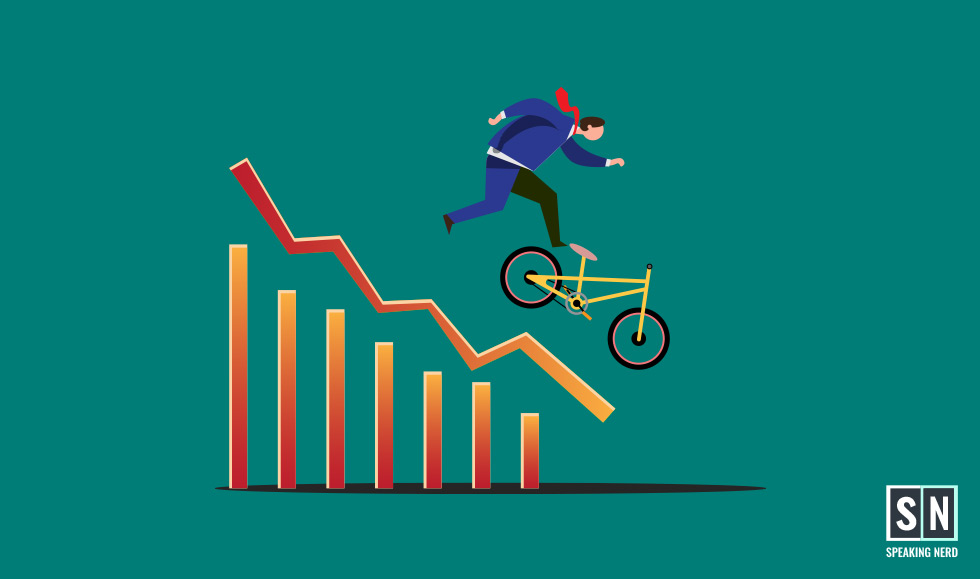Overview
Employee burnout is not an imagined phenomenon. Therefore, if someone says they are experiencing burnout, believe them.
However, it's also imperative to distinguish burnout from the usual work-related stress. The former is a chronic condition that affects not only an employee's relationship to their work. Its consequences extend to personal matters as well. That results in a drastically diminished quality of life that demands prompt diagnosis and solution.
Table of Content
The first step to correctly pinpointing and troubleshooting burnout is identifying its common triggers. Those may include unclear job expectations, unmanageable workload, excessive time pressure, lack of communication within a team, a lack of team engagement activities, and dysfunctional or toxic workplace dynamics.
Dealing with these usual causes translates to an effective strategy against burnout before it even manifests. Meanwhile, for burnout that has already manifested, remember that it's never too late to address the problem.
Employee burnout warning signs and their corresponding solutions.
Exhaustion

Exhaustion may manifest in different ways.
- It could be mental exhaustion, where an employee finds it difficult to concentrate on a task, resulting in erroneous or late outputs.
- It could be emotional exhaustion, where an employee suddenly gets overwhelmed with mood swings that negatively impact their relationship with colleagues.
- It could be physical exhaustion, where an employee chronically feels tired in and out of the office, which might result in them getting reprimanded for napping at their desk.
- In worst-case scenarios, it could be a combination of all these. In such a case, the problem has gotten out of hand.
Solution
Communicate tasks clearly as soon as possible. Employees should be on the same page project-wise. It's also best to avoid bombarding them with unreasonable time pressure for their deliverables by distributing tasks fairly among team members. Finally, do not fall prey to the habit of assigning more tasks to employees deemed as performers. They are susceptible to burnout, too.
Irritability

Take notice of employees who used to get along with colleagues but now seem to behave differently in the office. Perhaps they easily get annoyed even with the slightest provocation, or even without apparent provocation, they end up throwing an angry outburst. There's undoubtedly an underlying reason for this change of behavior—and that reason could be burnout.
Solution
Coaching can come in handy if you notice your employees displaying the above signs. Ideally, you hold regular coaching sessions, no matter how busy you or things in the office get. These sessions let you wear your hat as a manager and see things from your team members' perspectives.
Are they going through personal problems that bleed into their professional life? On the other hand, perhaps their source of frustration is purely work-related. If it's the latter, you can then identify ways to work around whatever concerns the employees might have.
Cynicism

Listen to what employees say. Even if they perform well like before, they might show signs of cynicism toward their work, which could mean burnout. Are they often caught talking negatively about clients, coworkers, or the organization?
Perhaps they have made it a habit to discuss how pointless their job feels at the pantry while everyone's supposed to be enjoying their lunch break. Resolving this unfortunate situation requires understanding and compassion instead of another dose of cynicism.
Solution
If coaching no longer works, it might be time to reassess the organization's policies regarding what employees get for their efforts and loyalty. First, look at how competitive the employee's remuneration and benefits package is. Next, examine the career path available to them within the organization and see if that's something one can feel excited about. If something is missing, recalibrate.
Alienation

The best workplace is one where colleagues interact with each other, not in purely professional terms. While colleagues becoming friends does not have to be an official company policy, team leaders must support, even champion, the idea.
Remember that team members who connect on a deeper, more meaningful level end up caring for each other. As a result, discussions regarding deliverables are smoother because everyone has a sense of empathy and camaraderie.
The opposite is a workplace where everyone feels alienated from their colleagues, which could be another sign of collective burnout.
Solution
Make it a habit to stage team-building activities. It does not always have to be grand, like a weekend trip to a holiday destination. It can be as simple as ordering pizza and getting people together at the pantry for bonding sans any work conversations. It's crucial to help team members trust and respect each other enough for the organization to have a truly cohesive team.
Chronic Sickness

It's easy to be that manager whose first impulse whenever an employee calls in sick is to assume that the said employee might be lying. What's difficult and, arguably, noble is to be that manager who would take the time to investigate the potential reason for an employee's chronic sickness.
You guessed it: it could be a sign of burnout. Remember that too much stress and fatigue are detrimental to the body. These health issues weaken a person's immune system, resulting in susceptibility to colds and other viruses.
Solution
Again, go back to how teams manage company projects. Are team members getting their fair share of the work, or are they spread out too thin? If it's the latter, redesign the process of delegation. Chances are, there's something amiss with delegating certain tasks, resulting in team members becoming too stressed out. More importantly, it won't hurt if employees have access to excellent medical insurance.
Decreased Productivity and Performance

This kind of work performance is one of the easiest burnout symptoms to spot. For example, an employee used to be a performer, going out of their way to contribute to the team. Then one day, they do a 180 and stop delivering at the same level as they did before. Instead of assuming that such employees have gotten lazy, consider that they might be going through a case of burnout.
Solution
Again, the first order of business is coaching. It could be that the employee in question is going through personal problems affecting their work. If they're ready to share about it, listen. Offer solicited advice. You can also consider some of the best employee engagement activities and ideas to increase morale in your workforce.
Meanwhile, if the shift in employee productivity is due to a sudden disillusionment with work, pinpoint what that is. It could be perceived lack of career path in their current job. It’s also possible they feel they are not getting what they're worth. Be open to negotiating if necessary.
Frequent Tardiness and Absenteeism

This red flag may be the easiest way for a person to address burnout. Whether it is not showing up for work in the first place or showing up an hour or more past the official time, frequent tardiness and absenteeism could mean an employee has lost interest in their work.
Solution
Working from home became the norm during the peak of COVID. As we shift back to the old normal, it might be difficult for employees to readjust.
Consider alternatives to avoid losing employees due to burnout triggered by a strictly on-site work arrangement. For example, is it possible to stick with remote work without compromising output excellence? How practical is a hybrid work setup for your employees, clients, business partners, etc.?
Wrapping It Up
It’s crucial to champion mental health at work. Employers who look after their staffs’ well-being benefit from a productive team whose members enjoy working with each other. The workplace then becomes the epitome of professionalism.
However, it's still important to recognize that burnout does happen to anyone and in any workplace.
When burnout manifests, it's best not to sweep the problem. Face it head-on. That's one way of showing employees that the organization cares, and employees who feel taken care of will gladly return the favor.


